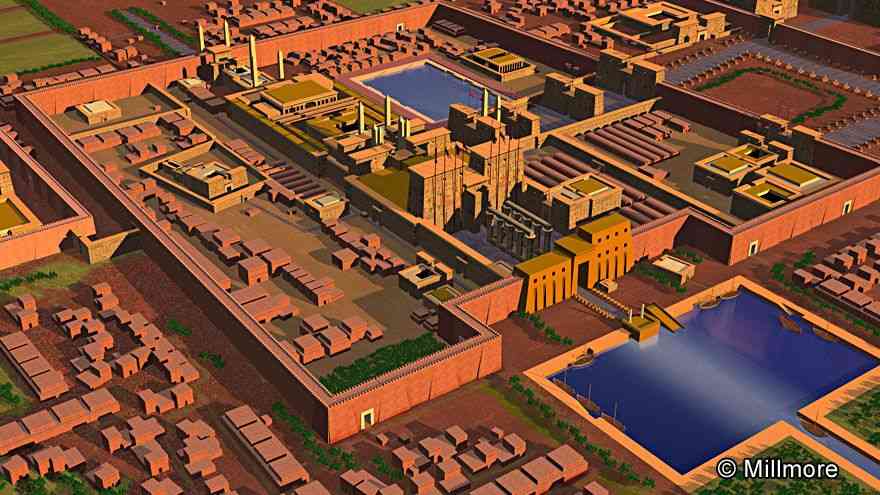The Pharaonic civilization was distinguished by its art and architecture, so it drew murals that are unique in the world and give us gas and secrets indicating the greatness of this civilization, adding to its buildings and temples that take a breath from the intensity of their magnificence magnified by the light of the pyramids on the edge of the Nile and the stones that were built with many miracles are still fascinated with them even this Time is one of the religious temples, which is considered a pharaonic miracle, indicating the culture and astronomical sciences of this civilization.
Religious architecture in the Pharaonic civilization is considered one of the most critical factors for the success of the Pharaonic civilization, given the importance of religion in that era—temples in history.
Karnak Temple
It is the largest and most important of the Egyptian and international temples, which contains many temples, buildings, and columns. It is located in the city of Karnak - Luxor. The process of construction started from the Pharaonic era to the Roman period built for the Trinity worshipers of the Pharaohs: the god Amun, his wife Mut and their son Khuns.
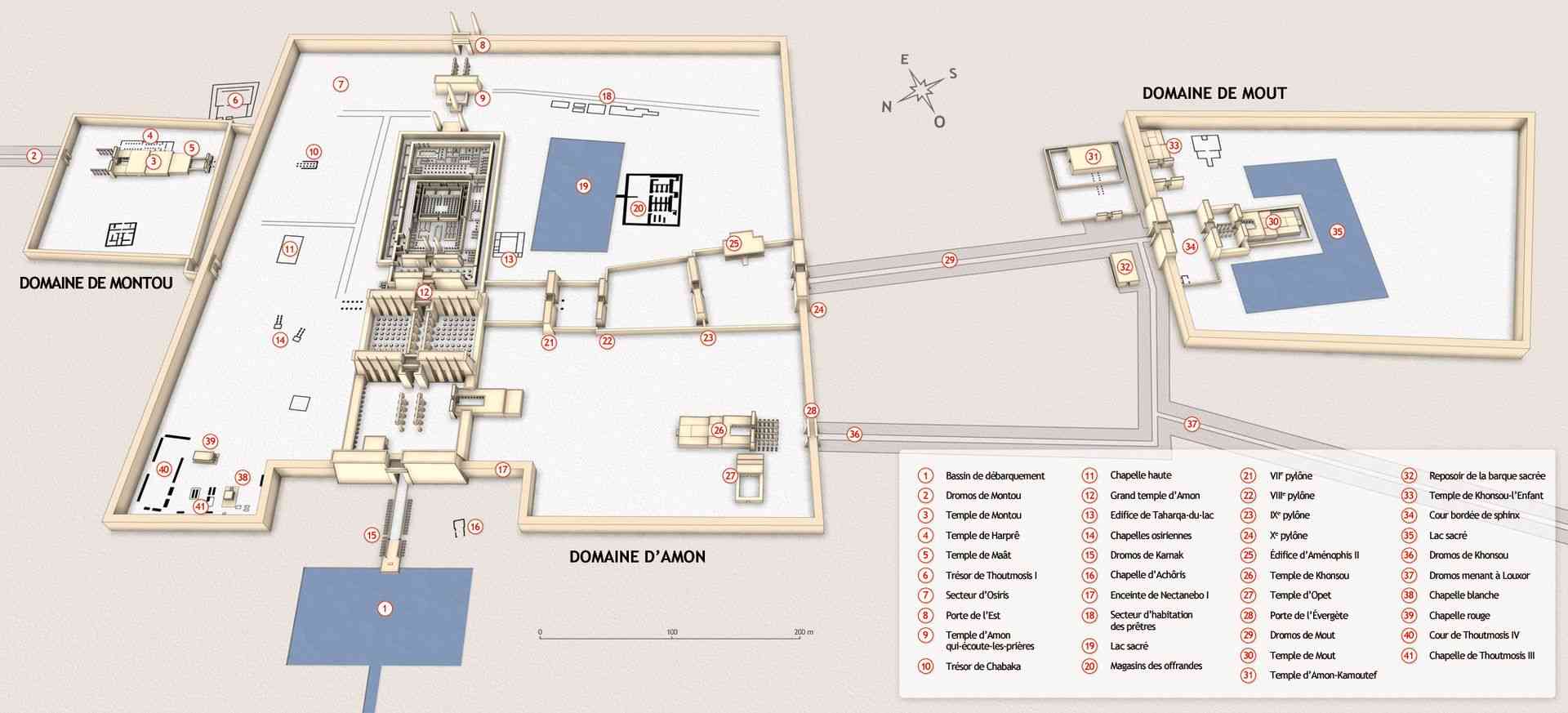
Reason for calling
Name attributed to the city of Karnak, which means the fortified village; it was called many names throughout history, including "Bir Amoun" at the beginning. It was called "Abbot Sot" in the era of the Middle Kingdom, and after it, he knew the names are "Nisot-Toa," meaning the throne of the two countries and "Abit Esset" That is the incredible residence.
Karnak Temple architecture
Participated in the construction of the Karnak temple 30 pharaohs, there is no specific architect for this temple. Karnak is a complex of temples and was named by the Pharaonic civilization as "kind" or "fortified city" and it is considered the most prestigious and revered place in Egypt. There are temples in the eastern shore of Egypt in the city of Luxor. These temples are part of religious architecture, and they are religious temples, and the types of temples in Egypt are divided into two types, which are religious (divine) temples and funerary temples, and each of these types has its advantages, characteristics and weakness.
The most prominent landmarks
Karnak is a complex of temples that is not only one Temple; therefore, it contains holy places for religious rituals. These buildings include:
Temple of Ramses III
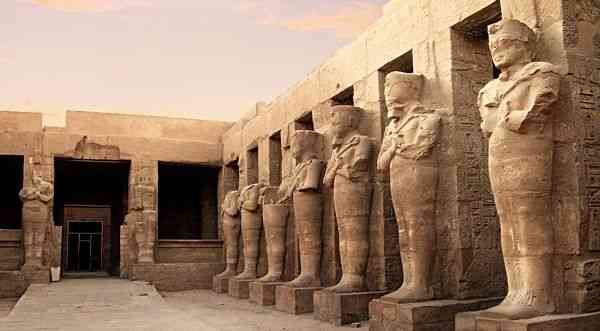
Ramses III Temple is one of the funerary temples located in Karnak Temple, and the temple was built so that because of Ramses III's desire to line up his victories on the walls of the temple and to be a temple to Amon and the "god of war" was depicted as a woman carrying the head of the female head of the lion to indicate strength and ferocity [1]
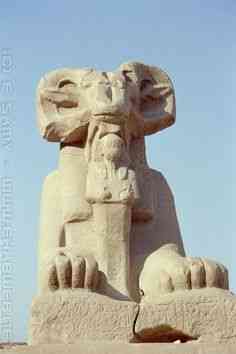
Building architecture
When we get to the façade of the temple, we see in it those beautiful drawings that tell stories about the life of Ramses II and some of the events documented by hieroglyphs at the entrance to the temple.
Upon entering this temple, you see this great difference in architecture in terms of its simplicity from the outside and feel. The beauty in the Egyptian buildings is internal, so you find these statues paved on the sides of the temple of Ramses III and these internal inscriptions that express the wars that Ramses III fought and continue to end The foyer upon reaching the Holy of Holies area sees this anthropomorphic "Amon.”
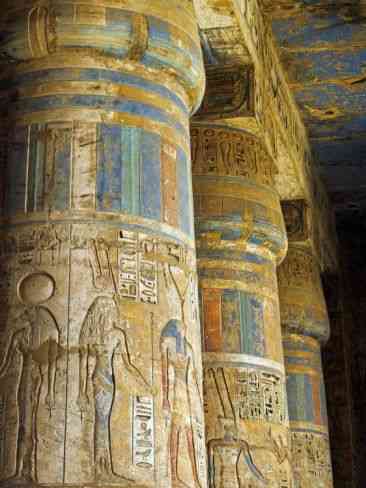
“The Pharaonic architecture is characterized as being inward to the inside: you find many statues and decorations inside, in contrast to the outside.”
In the center of the Temple of Ramses III, there is a lobby of columns that is characterized by the presence of columns of papyrus blossom open in fourteen rows [2]
Holy of Holies
In every pharaonic temple, there is a Holy of Holies area, but what differentiates the Holy of Holies area is the “Karnak” temple?
What distinguishes it is that the astronomical phenomenon on the winter transition day when the sun perpendicular to the statue of the god Amon Ra.[3]
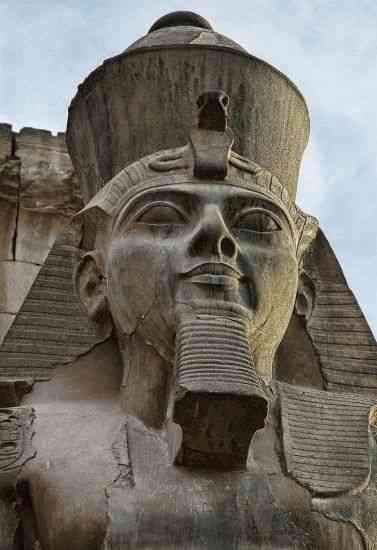
Amon's Garden
It is a foyer with a ceiling carried by decorative papyrus columns bearing the types of plants and flowers that Amun brought
Rams Road
A road that leads to Karnak Temple from Luxor Temple contains many rams on both sides and remains continuous until reaching Karnak Temple.
The function of the rams is to protect the temple, and architecturally it is found to show the axis of the temple.
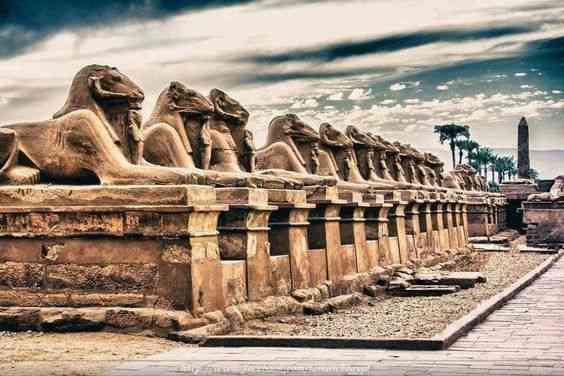
The Temple of Amenhotep IV
This temple was built in the holiest place of the Holy of Holies in the Amarna era in the era of the pharaoh (Amenhotep IV) "Akhenaten," but the temple did not last long. After his death, "Akhenaten" was destroyed, and the temple was built "Amon."
Amenhotep IV
Amenhotep IV is the pharaonic king who appeared in the new religious movement and is famous for rejecting the multiplicity of deities and the servant of one God and he is the god of monotheism and he named Aten and symbolized him with the symbol of the sun.
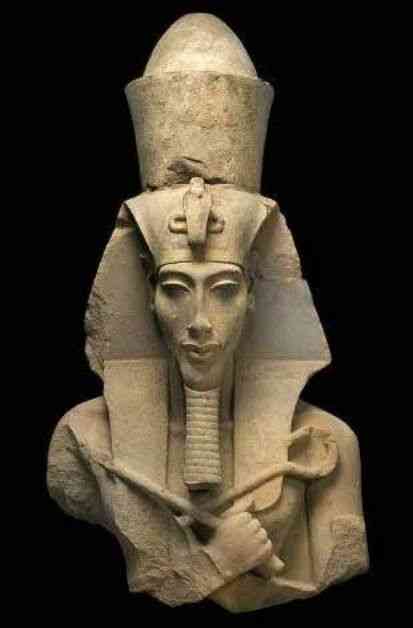
*Akhenaten sought to unify the gods in Egypt, but he did not like the presence of many gods in Egypt, and the god hated Amon and moved the capital from Taybeh, where there are Lamun temples to "Akheatatun", which is currently Amarna.
Akhenaten did not care more about his rule than the call to the monotheism god “Aton” and neglected foreign and other policies, and she was among his biggest supporters, his wife, Nefertiti.
“Akhenaten” built the Aton temple in Karnak, in which he addressed a message until he finished Amun’s religion, so he built “Aton” temple in the Holy of Holies in Karnak, the place of his worshipers “Amon”[4]*
Why did “Akhenaten” choose the sun as a symbol of the god “Aton”?
Because the idea of light is part of the call to the god "Atton" in exchange for darkness and chaos. The purpose of this call was to merge deities into one God for political purposes to reduce the control of "Amun" and his priests.
Succeeded in the beginning, but his success did not last long, so Egypt returned to its previous era after his death.[4]
The Holy Lake
It is a lake that was built during the reign of Tuthmosis the Third. Its area (80 * 40). The strange thing about this lake is that its water never dries up, and there is a measure on its sides to measure the decrease and height of the Nile to determine the date of a flood.[5]
And that the miracles in this lake have not dried out for 3,000 years, so its level does not increase or decrease.
The lake was used to perform religious rituals in the temple, and animals were drunk from them before they were slaughtered to feed the kings and offerings to the gods.
Thanks for reading!
Stay with us.
- Utopia Educators. Do subscribe to stay updated. Thanks
Sources
Karnak Temples. Egypt. (N.d). Retrieved: (7 July 2020). https://sites.google.com/site/cityamon/karnak-temple
"marefa" . Karnak . Retrieved from: https://www.marefa.org on 07/09/2020
"Al Ain newsletter" . (2020). 6 Egyptian temples witness the phenomenon of "sun perpendicular". Retrieved: (7 July 2020). https://al-ain.com/article/egypt-templs-natural-phenomenon
Hussein Abdul Basir. (2018) . Akhenaten start and end! . Egypt . Retrieved:(7 July 2020). https://www.shorouknews.com/columns
Tour Egypt ." The Sacred Lake and the Monumental Scarab at The Temple of Amun at Karnak in Egypt"(N.d). Retrieved (7 July 2020) . http://www.touregypt.net/featurestories/karnak14.htm
Discovering Egypt . "Karnak Temple Sacred Lake " (N.d.).
Retrieved: (7 July 2020). https://discoveringegypt.com/karnak-temple/karnak-temple-sacred-lake/

